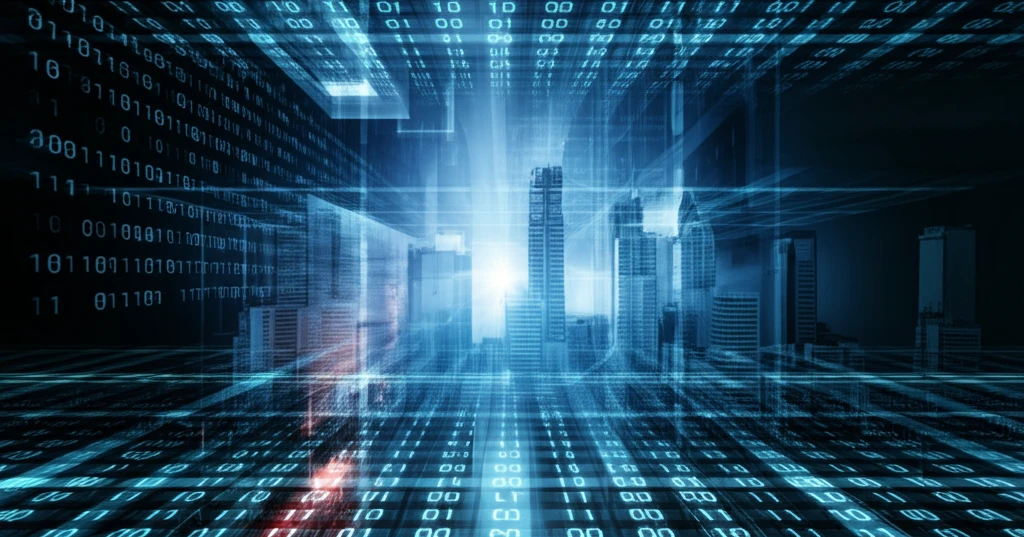
Decoding the Future: Can Machine Learning Predict Economic Trends?
"A Deep Dive into GDP Nowcasting with Unstructured Data"
In today's rapidly evolving economic landscape, the ability to anticipate changes and make informed decisions is more crucial than ever. Traditional economic forecasting methods often fall short, struggling to keep pace with the constant influx of new data and the complexities of global markets. Enter machine learning (ML) and unstructured data, two powerful tools that are transforming the field of economic forecasting.
Imagine being able to predict a country's Gross Domestic Product (GDP) growth on a monthly basis, using not only traditional economic indicators but also real-time sentiment analysis from news articles, social media, and search engine trends. This is the promise of GDP nowcasting with machine learning, a technique that offers a distinct advantage for decision-makers in both the public and private sectors.
This article delves into the world of GDP nowcasting with machine learning and unstructured data, exploring its potential, its limitations, and its implications for the future of economic forecasting. By examining a recent study on monthly GDP nowcasting in Peru, we'll uncover how these innovative approaches can provide valuable insights into economic trends and help us navigate the complexities of the modern economy.
Why Traditional Forecasting is Failing and How Machine Learning Steps Up

Traditional economic forecasting methods rely heavily on structured data, such as macroeconomic indicators and financial statistics. However, these data are often released with significant delays, making it difficult to get a real-time view of the economy. Moreover, traditional models may struggle to capture the nuances of economic sentiment and the impact of unexpected events.
- Real-Time Insights: ML models can process data as it becomes available, providing a more up-to-date view of the economy.
- Sentiment Analysis: Unstructured data allows for the incorporation of public sentiment and expectations into forecasts.
- Handling Complexity: ML algorithms can handle large datasets and complex relationships between variables.
- Adaptability: ML models can adapt to changing economic conditions and learn from new data.
The Future of Economic Forecasting: A Blend of Art and Science
While machine learning and unstructured data offer tremendous potential for improving economic forecasting, it's important to recognize that they are not a silver bullet. Economic forecasting is still a complex and nuanced endeavor that requires human judgment and expertise. The best approach is likely to be a blend of art and science, combining the power of machine learning with the insights of experienced economists.
